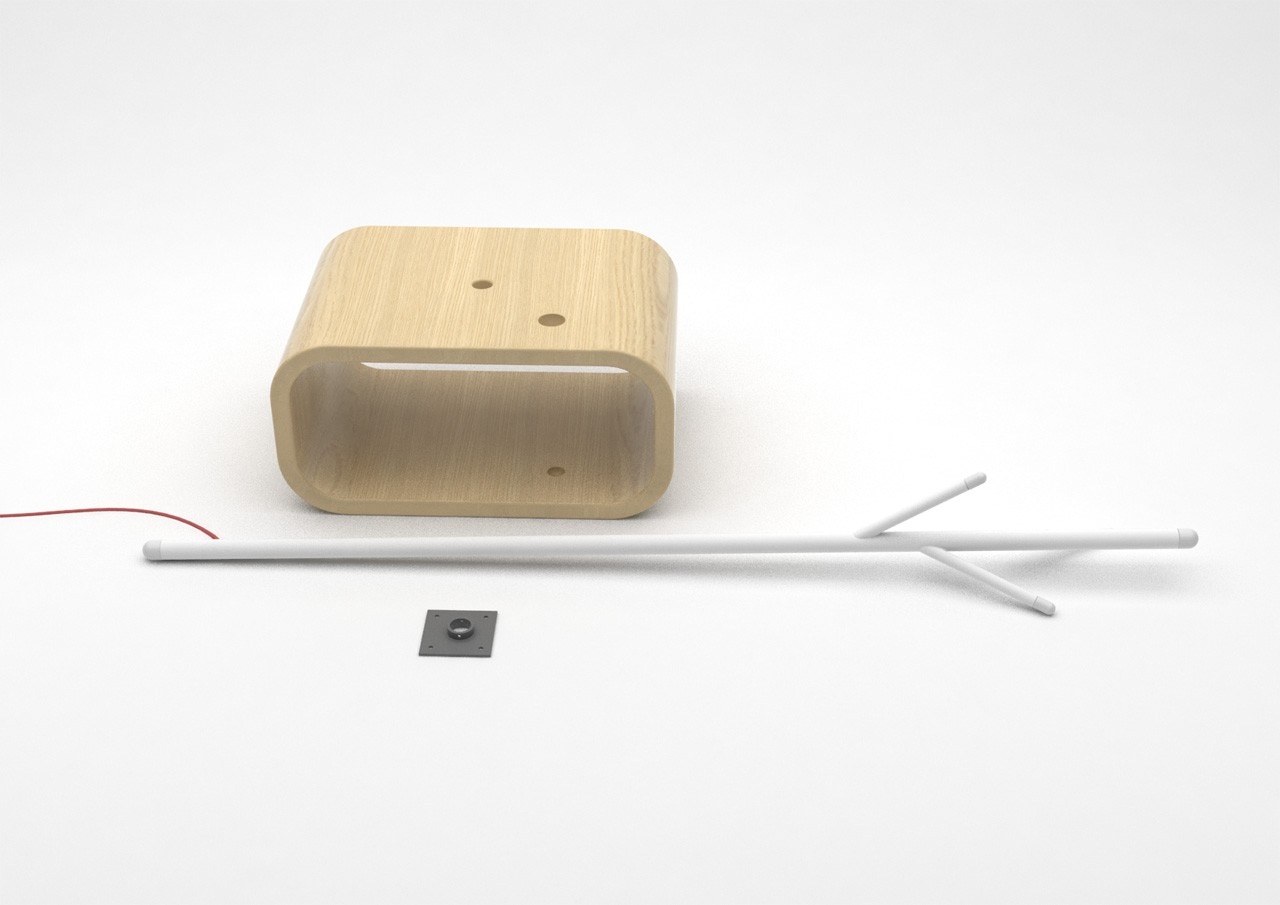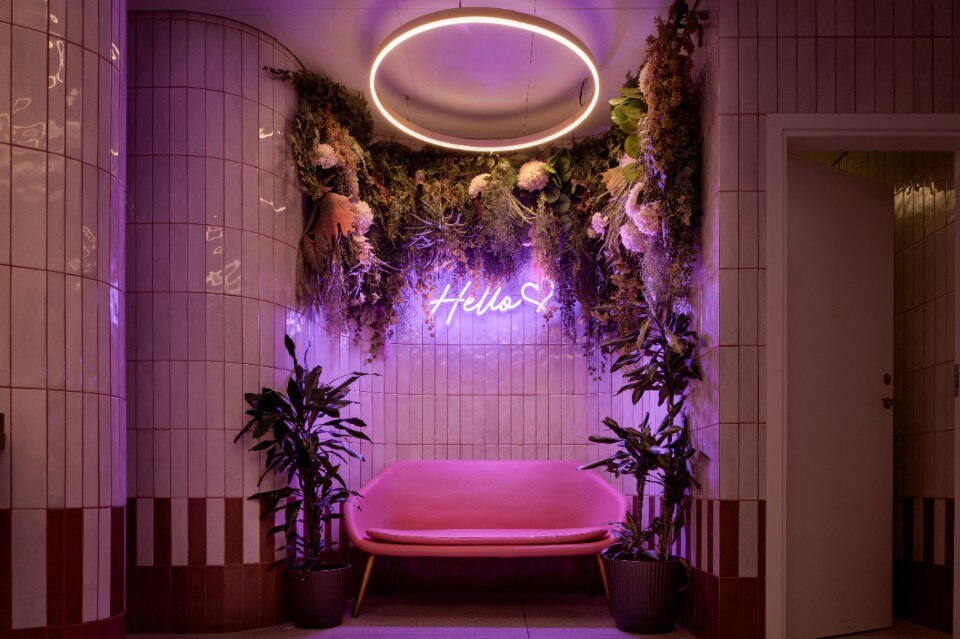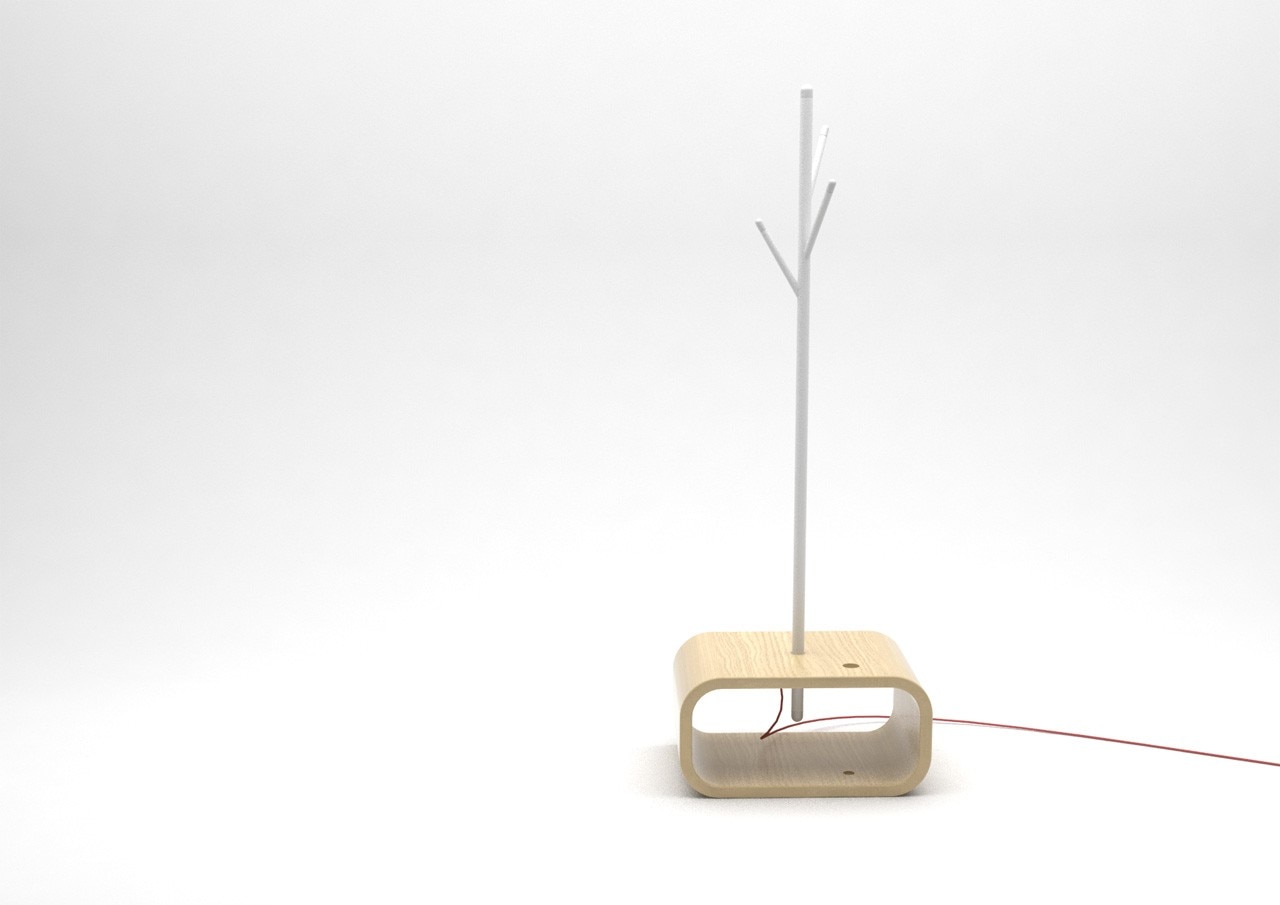
Founded in Turin in 2009 by Dario Olivero and Stefano Ollino, DORODESIGN is one of those firms whose young designers found out about Natevo through Twitter and Facebook rather than official company sources or its web site. “We did some key-word searches and came across this project that referenced crowdfunding. It came as a surprise to discover that it was a large Italian company. It also scared us; looking at the catalogue with names like Carlo Colombo, we thought: here we go again. This is for the select few.”
That could have been the first, and perhaps standard, psychological obstacle posed by a large company and everything that gravitates around it; except for the fact that the two young designers understood that the formula promised a different kind of openness. “We realized that we could approach them despite the fact that we are emerging designers.”
Olivero and Ollino studied product and car design at IED in Turin, but with a passion for architecture (Olivero is a quantity surveyor) and the domestic environment.
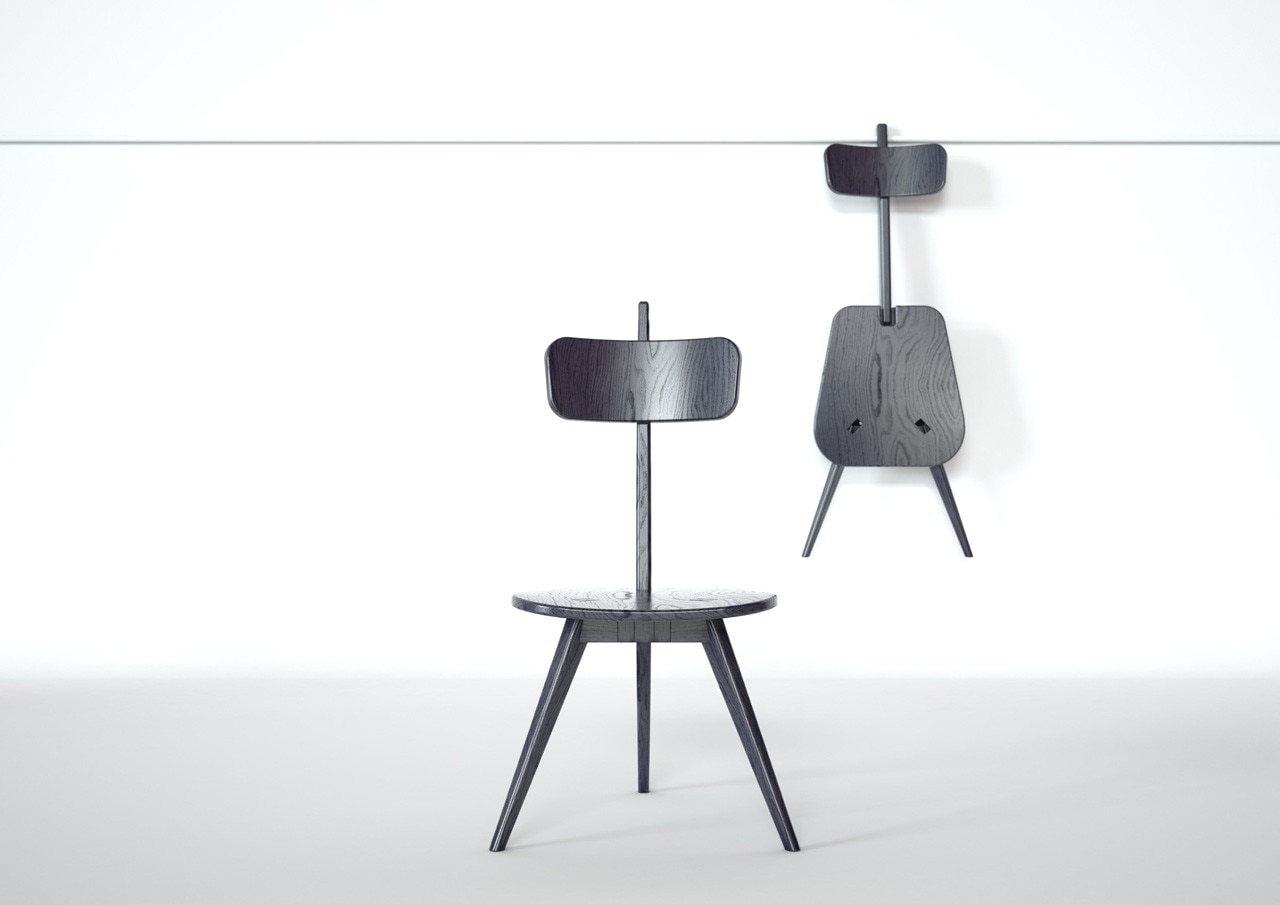
Like many in the generation globalized since birth, their answer to the question about whether or not they have masters that they look up to is, “Is it bad if we say no?” Of course not. On the other hand, Mendini used to say the same thing, citing – at most – Italian futurism along with some other weak references (paradoxically, we sanctioned the young designers’ answer by citing a distinguished maestro).
The fact of the matter is that their references are basically immersed in the web’s eternal present rather than established historic hierarchies. “We live in the globalized world. Internet gives us easy access to information by following blogs and reading a lot. We get inspiration from different sources: today from an architect, tomorrow from a sneaker…” Everything ends up in their virtual notebook, a blog found at dorodesign.wordpress.com.
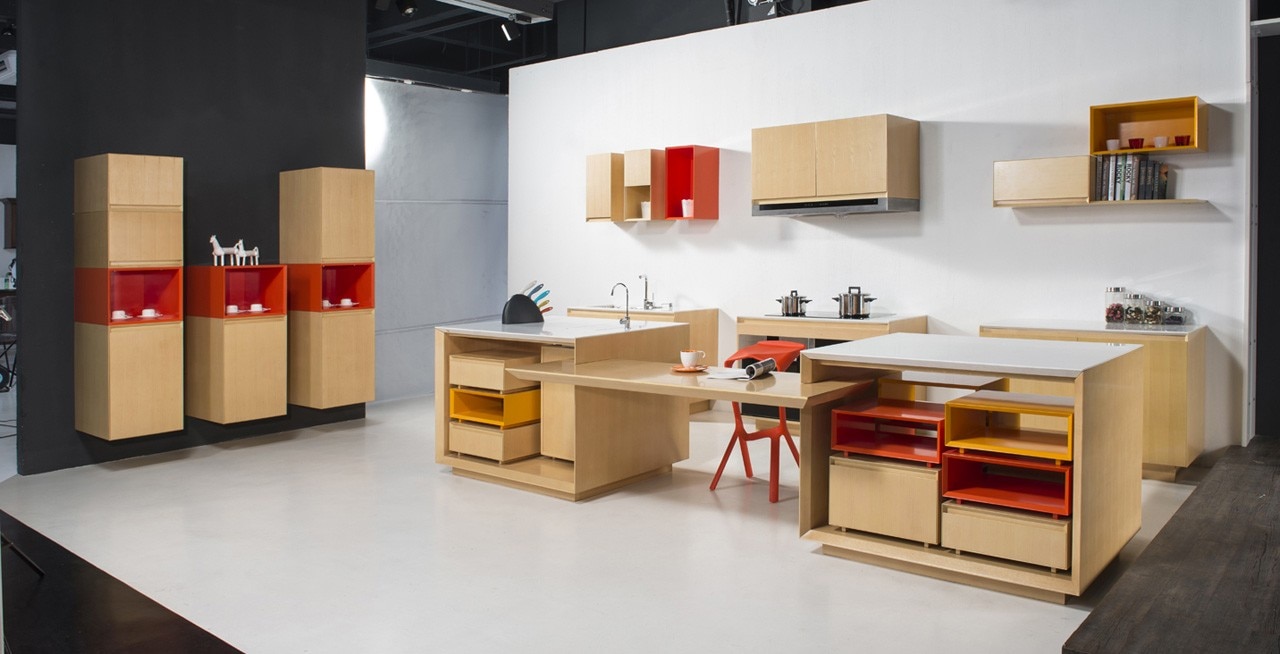
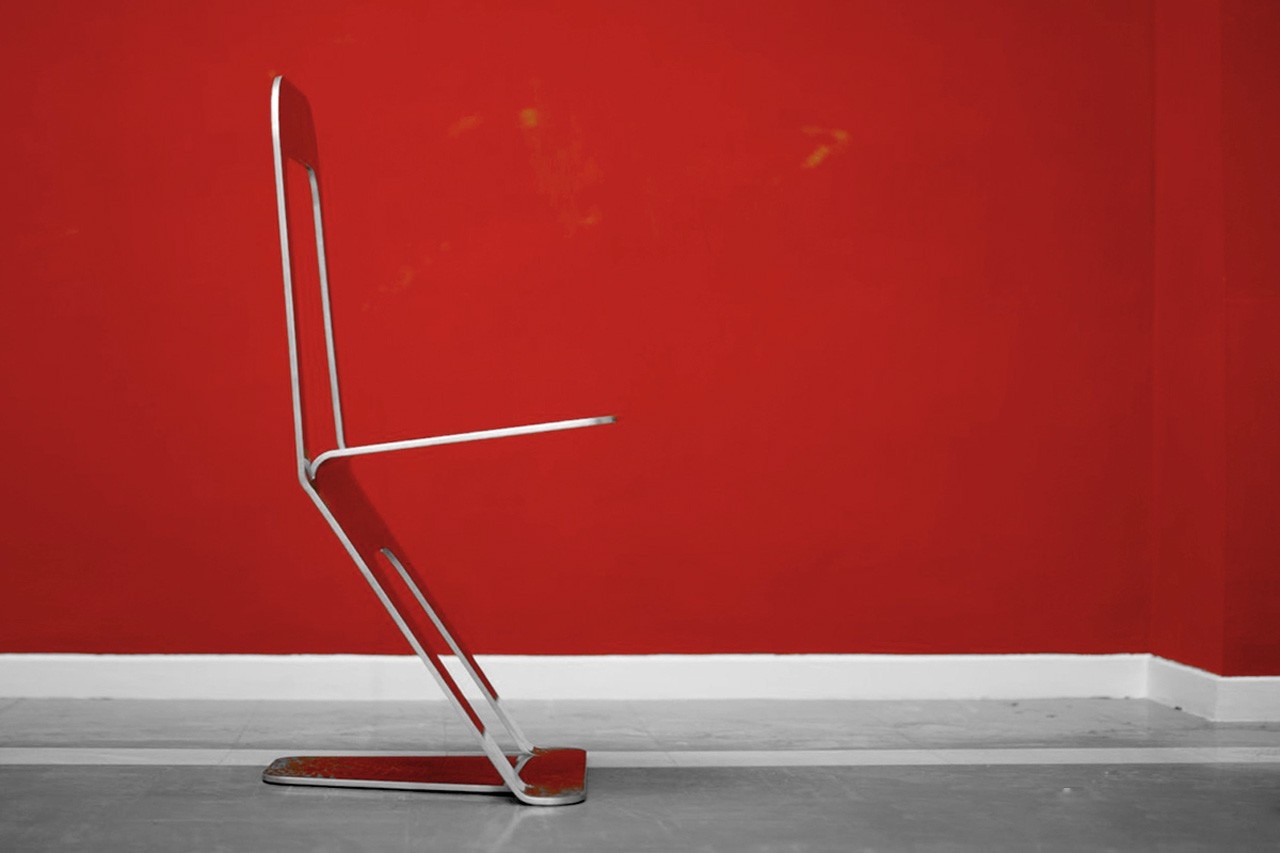
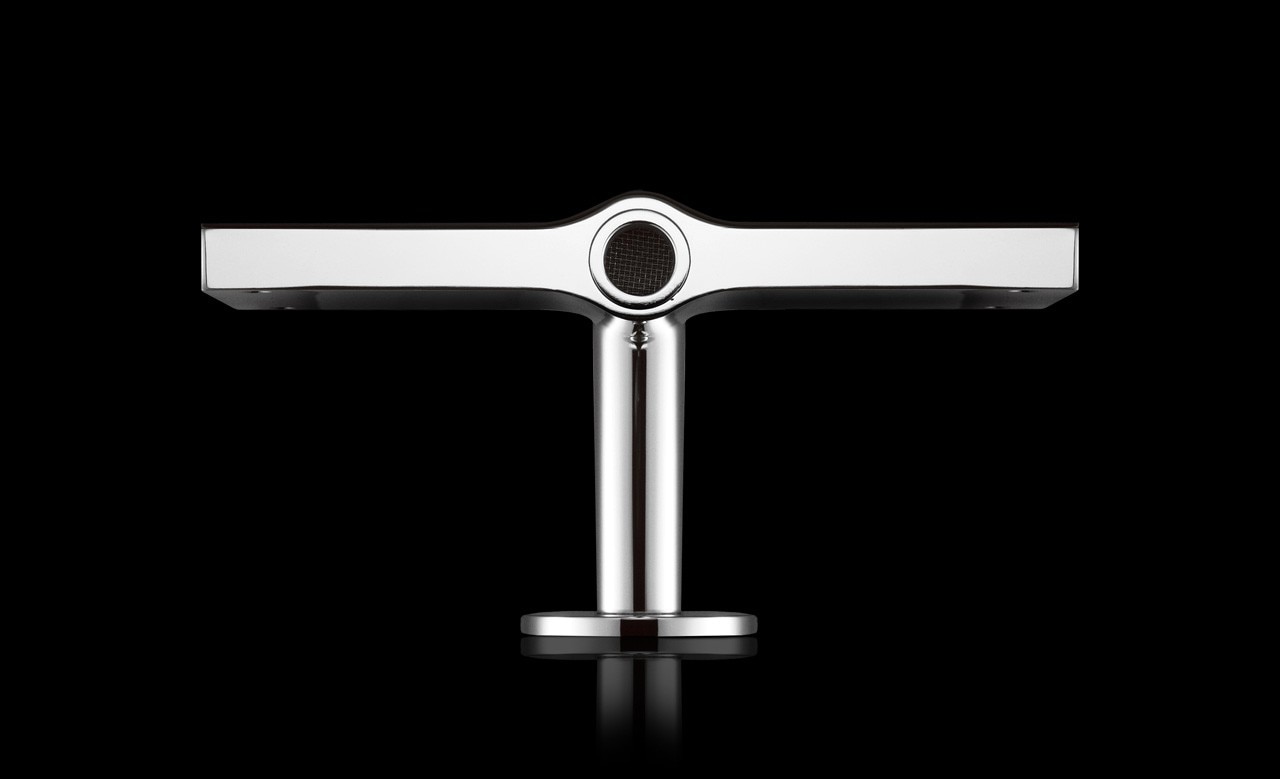
The project. “In truth, it had been on the back burners as a concept on paper. We had some 3D sketches, but we wanted to complete the line with clothes hooks, shoe storage and an umbrella stand. In relationship to the competition requirements, we perfected it for Natevo by adding the lighting at the ends of the branches.”
The lighting is fully visible when the object is empty but progressively disappears when hats and coats are hung on it.
“It’s true. Lucciola was conceived as a signal, a small beacon that can guide you through space at certain moments of darkness or penumbra. It’s almost like the light used to help a child fall asleep. When you’re not using it, it illuminates and attracts but when you use it, you conceal the light source and you don’t need it anymore…and then you do something else.”
Today, for DORODESIGN, that something else is crowdfunding for Lucciola, while Natevo continues to be the carrier of its luminous “virus:” among the famous, less famous and (hopefully) excellent unknowns.
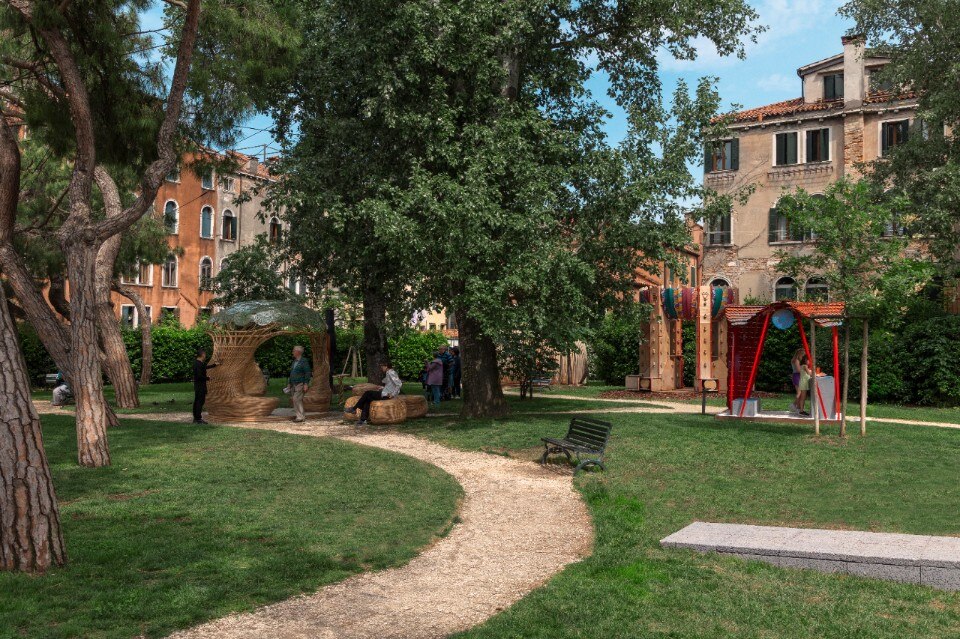
Time Space Existence: the Future of Architecture In Venice
Until November 23, 2025, Venice is the global hub for architectural discussion with "Time Space Existence." This biennial exhibition, spearheaded by the European Cultural Centre, features projects from 52 countries, all focused on "Repairing, Regenerating, and Reusing" for a more sustainable future.


